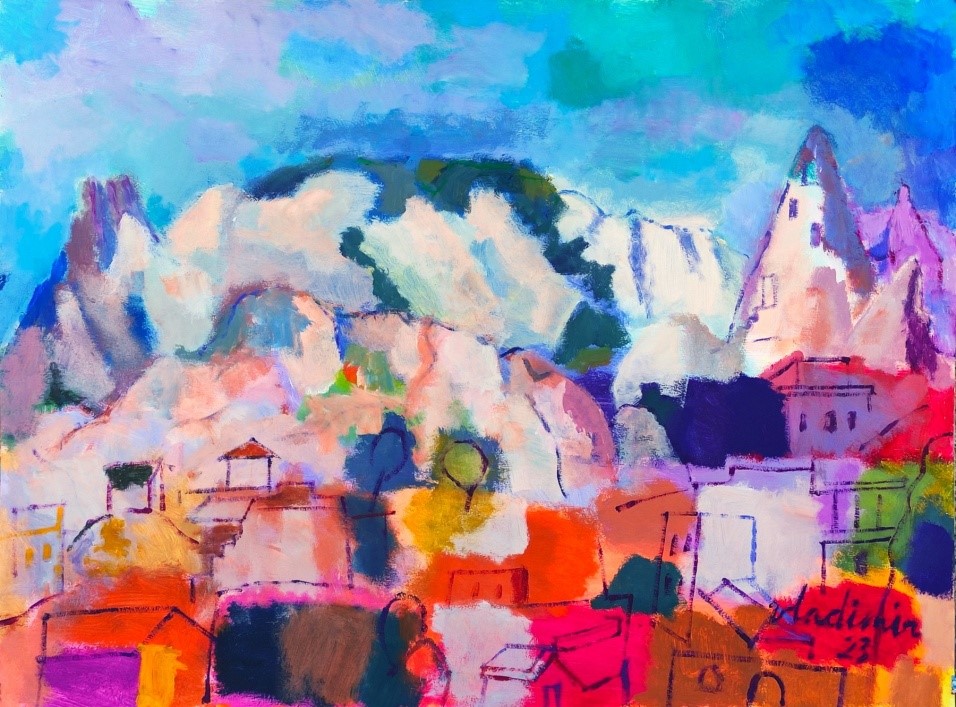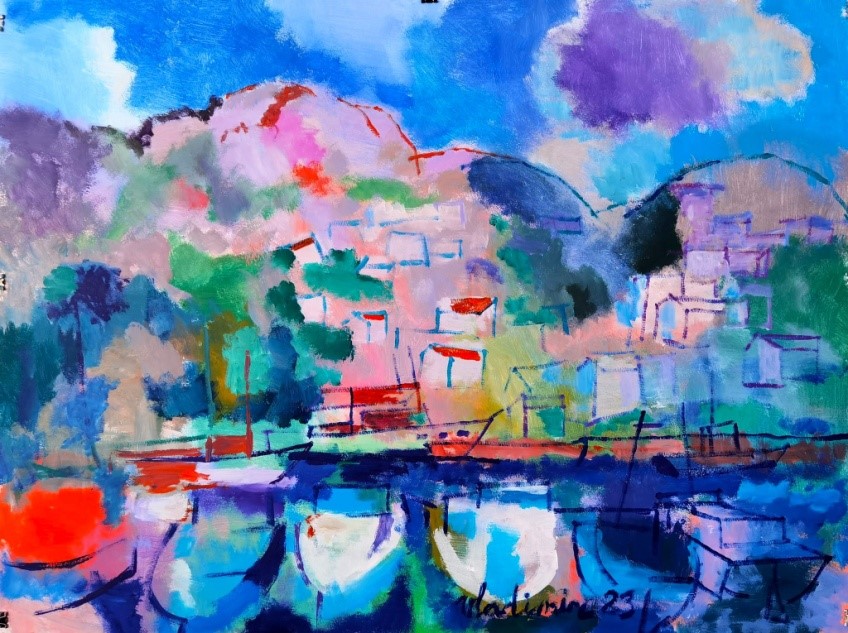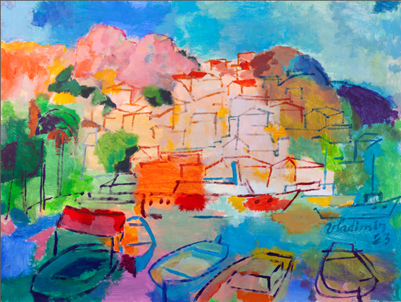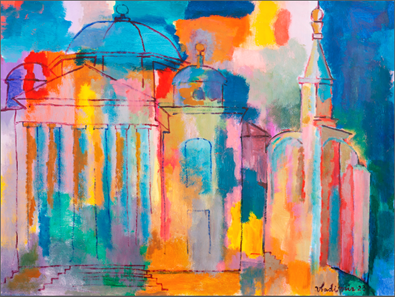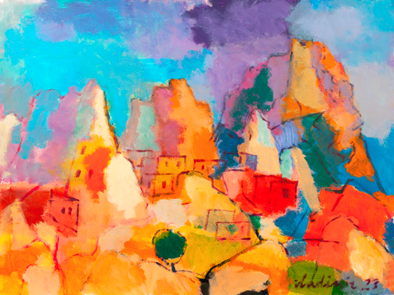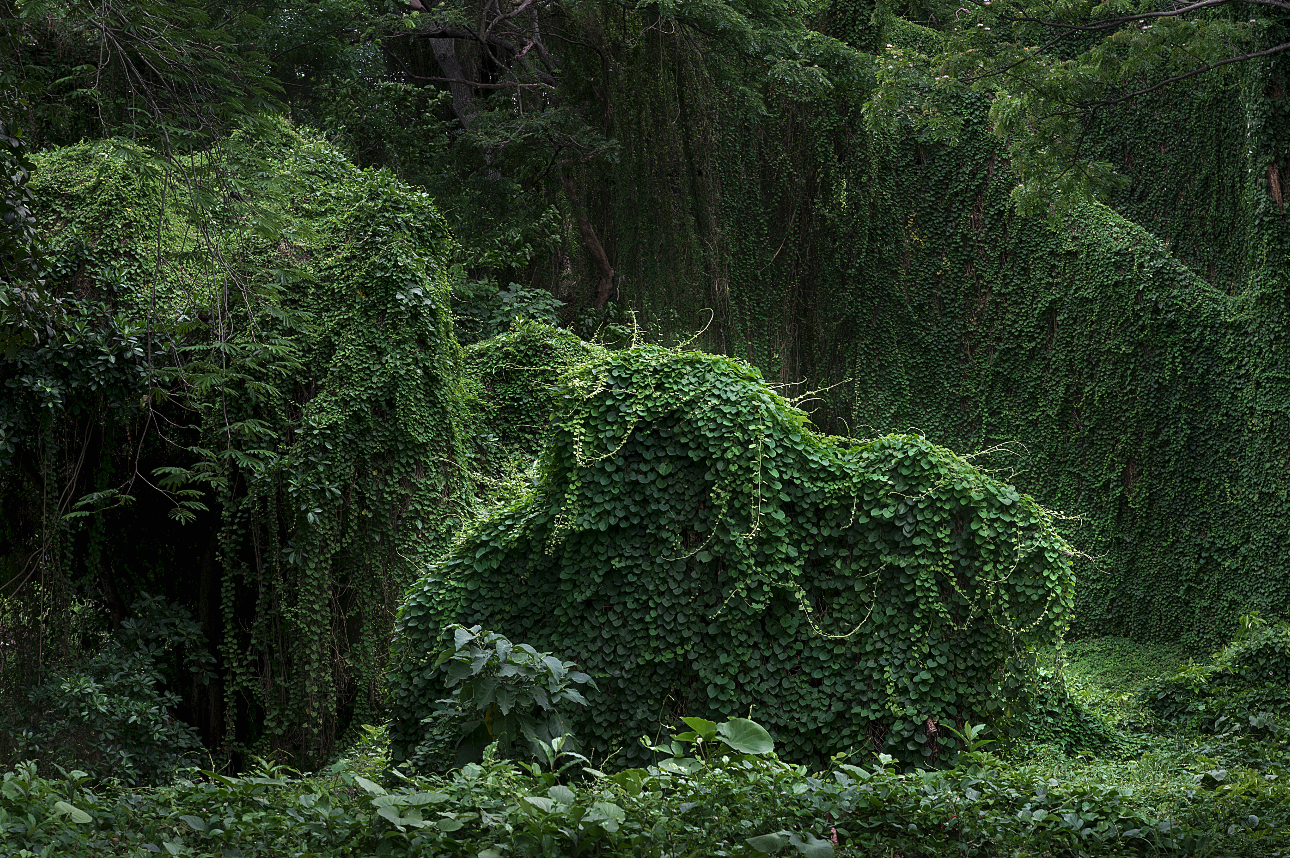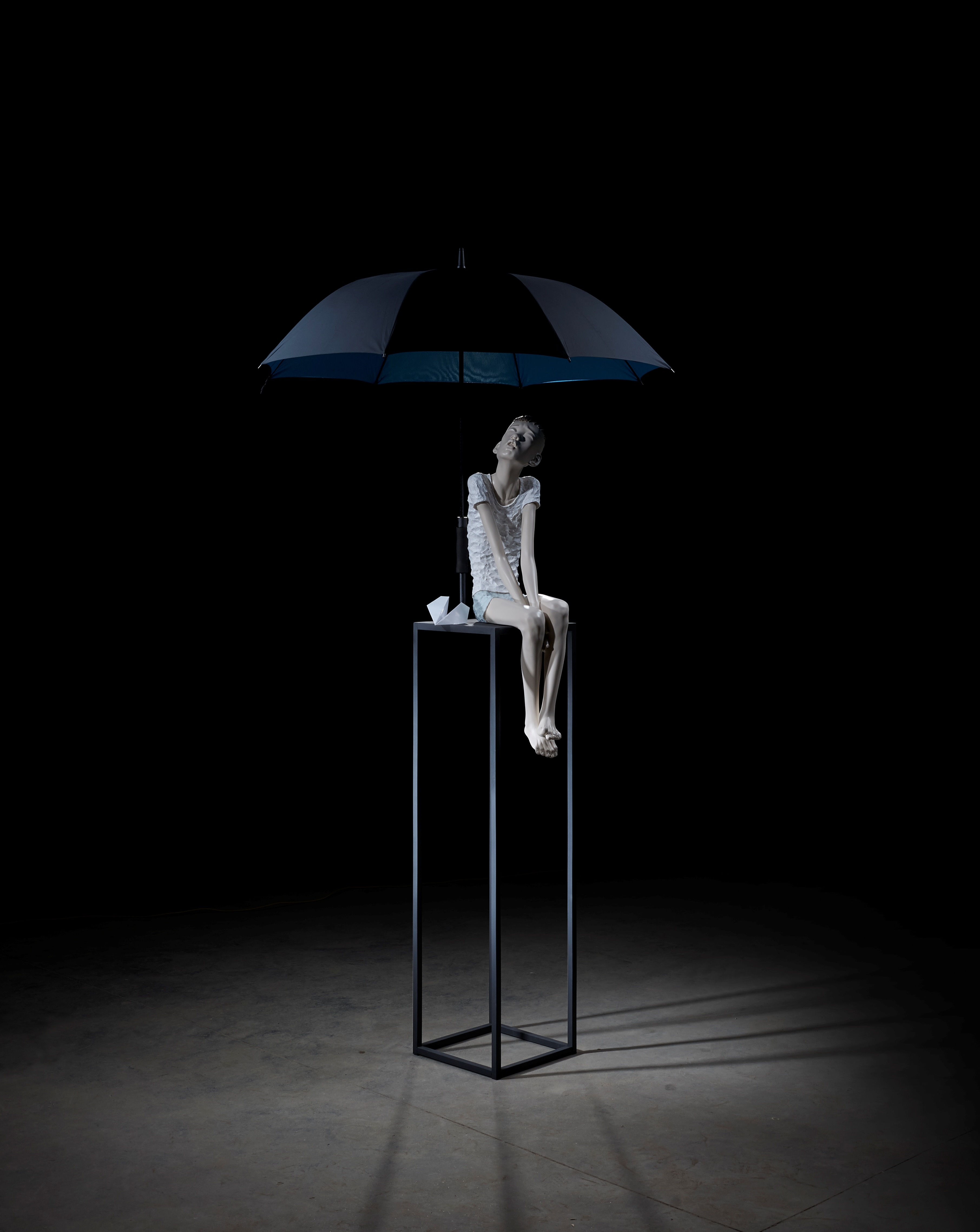Erarta Museum of Contemporary Art presented an exhibition by Vladimir Opara whose vibrant paintings are drenched in sun, with sky, earth, and water infinitely reflected in one another
-
Bright and sunny landscapes painted en plein air during the journeys across Russia, Abkhazia, and Turkey
-
Outlines of mountains and urban scenery superimposed over harmoniously combined abstract colour spots
-
An artist whose works can be found in the Russian Museum in St. Petersburg, Pushkin State Museum of Fine Arts and Tretyakov Gallery in Moscow, Moscow Museum of Modern Art (MMOMA), and many other prestigious collections
It is beyond argument that every painter has a trademark sense and understanding of colour. Vladimir Opara’s chromatic sensibility can be traced back to his childhood spent in the sunny Altai. Passionate about drawing since early on, as a teenager the future artist was much influenced by a book about van Gogh that his mum had given him as a present. Nowadays he has come back to square one: ‘I used to roam the streets and fringes of my hometown with a pochade box and, transfixed by the beauty around me, aspired to transfer my impressions onto canvas. I was twenty-two then. Now, half a century later, I am still mesmerised by the world’s beauty.’
Vladimir Opara and his family have travelled all over Russia and beyond, visiting picture-perfect spots across Europe and the US. These huge enthusiasts of car travel found it particularly hard to stay at home in the days of the pandemic, jumping at the first opportunity to drive down to Abkhazia on the Black Sea coast, where the artist was most impressed by two features: the abundance of vegetation and the completely unobstructed views of the horizon over the sea. It was as if all the splendour of the southern nature came tumbling down on him. The artist works en plein air, with only a straw hat to protect him from the blazing sun and an umbrella to shade his pochade box – just like the painters of the late 19th – early 20th centuries. He starts out by dabbing colour spots with acrylic over white paper or pre-coated canvas, aiming for a harmonious combination of warm and cool hues. The rich vivid paints layered nearly transparently on top of white appear luminous, creating the stained glass effect. Next, the abstract background is outlined with mountains, harbours, and urban scenery. In Opara’s works, sky, earth, and water are infinitely reflected in one another, and each of the objects pictured is, as the artist puts it, ‘drenched in sun.’
This signature technique allows Vladimir to be somewhat like Newton’s prism, producing his paintings through a process akin to dispersion: the incandescent waves of sunlight pass through the artist’s mind as if through faceted glass and resolve into the full spectrum of semi-transparent layers of acrylic.
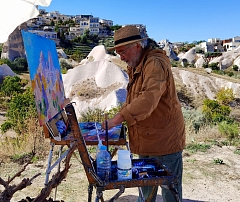
Member of the Moscow Artists’ Union and the Pulchri Studio Dutch Art Society, Vladimir Opara was born in 1952 in Barnaul, graduating from the School of Mathematics and Physics of the Barnaul State Teachers College and the School of Ethics, Aesthetics and Art History of the Marx–Engels–Lenin Institute in Moscow in 1974 and 1976 respectively. Vladimir has been actively exhibiting his art since 1974, having to his credit 38 solo and 120 group shows to date. The artist’s works are in the collections of the State Russian Museum in St. Petersburg, Pushkin State Museum of Fine Arts, Tretyakov Gallery, Moscow Museum of Modern Art (MMOMA), National Centre for Contemporary Art (NCCA) and Cinema Museum in Moscow, as well as the Latvian National Museum of Art in Riga.

